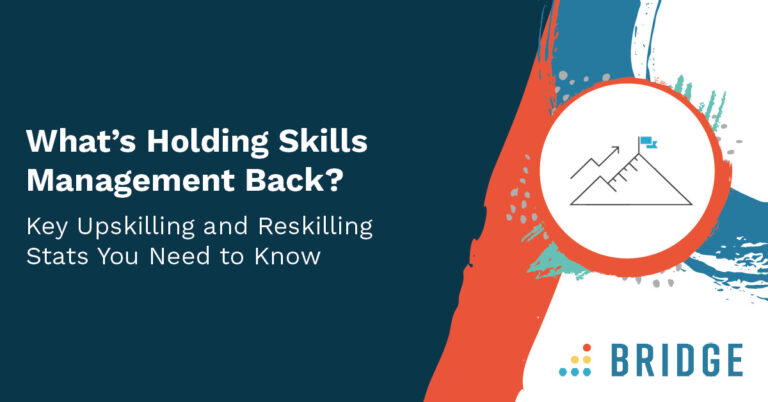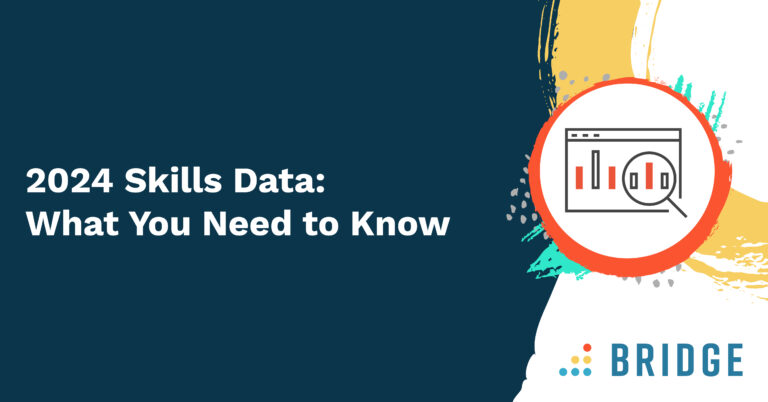Topic: Fluid Workforce
Reading Time: 6 minutes
In my previous post about predictions for 2021, I finished up with a brief discussion about re-onboarding, re-skilling and the implications of a non 9-to-5 workforce. With organisations facing economic uncertainty, many employees will lose their jobs and companies will reconsider their hiring and workforce management models.
I want to expand on that further here. Over the last five years we have seen the rise of more contract and freelance workers. Organisations are more likely to expand the number of contract and flexi employees they hire. This resource strategy is not just to save costs, but to drive flexible productivity and output as they navigate the next 12 months.
At the same time, some businesses will also continue the commitment to their long-term plans for growth and hire on a permanent basis. These two trends, along with re-onboarding and re-skilling due to evolving needs of the market, will make for a challenging time for HR over the next 12-24 months. The increasingly diverse employee base has a couple of implications for HR policies, programmes and yes, technology! Some organisations will find that their employee base will consist of flexi/freelance/contract or permanent staff for the first time. Others who have handled such a workforce for many years will just have a greater mix.
HR will need to consider how they can effectively attract and retain freelance and contract workers at the same time as recruiting permanent staff. There will also be challenges of performance metrics and benefits for employees or workers who don’t work for the company full time or even exclusively. There are well documented challenges around retention of a flexible contract workforce, which could mean continuous onboarding to keep up with demand because of turnover. The knock-on effect is that employee experience will vary significantly, as will performance and engagement.
Let’s Tackle Engagement First
There is no doubt that with less job security and mass remote working, employees have had to make huge adjustments to how they work, but this will all change again in 2021.
Many employees have enjoyed the new experience of working from home, and organisations have embraced the opportunities this experiment has gifted them. It is likely that the flexibility that home working delivers will have increased employee engagement, well-being and happiness. However, there are employees who want to get back to the office, or even visit it for the first time to experience the culture, banter and relatedness to their organisation they work for. Employees may also feel that their career and progress has slowed during the pandemic. The employee engagement amongst this aspect of the workforce is likely to be negatively impacted.
In 2021, HR departments will need to get clearer on how employees are affected through engagement tools and company surveys, because all of the above demonstrates that employees are going to have hugely different experiences of employment. HR will need a very current start defining the employee experience and company culture unique to each part of the organisation. This in itself will be a huge task, as will responding to the differing feedback.
What About Learning, Development and Performance When It Comes to a Fluid Workforce?
With homeworking likely to continue for at least the first quarter of 2021, how will learning and development opportunities start or continue to be delivered? How much has L&D been made a priority for employees whilst the organisation has been under pressure in 2020? Learning is often the first agenda item to be de-prioritised when an organisation or employees are under time pressure, seen as a luxury or nice-to-have.
Learning and development is a key part of attracting and retaining staff, research suggests development is the second most important factor in workplace happiness (after the work itself). So, if learning has taken a back seat in 2020, placing high on the agenda in 2021 will help to keep your remote employees engaged and connected with your organisation.
Linked intrinsically to learning is performance. How will organisations measure performance and communicate goals with the flexible workforce as consistently as it does with permanent employees? We know that fairness is a key need for employees. Being treated and measured fairly within a peer group, having clear goals and experiencing transparent processes are critical to driving performance for employees. As is constant feedback and correction or learning where required, regularly checking in with employee progress against goals will also help drive conversations at the right time.
With remote working, we are tired by video calls, but regular performance check-ins can provide managers and employees motivation and connectivity in what feels like a hamster wheel of work-related conference calls.



